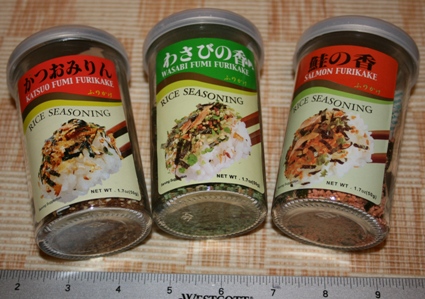We need personal science, I say, because professional scientists lack freedom and have goals (e.g., status) other than progress. Art Robinson agrees:
“Most [professional scientists] are trapped,” [he said.] Trapped by government money. Filling out grant requests, politicking to be well-liked, serving on grant review boards, going to the meetings to be seen by others, will take half your time. The project itself had better be popular. “You’re only going to get the money for something that everyone has heard of and thinks is the coming thing,” he said. As for politically sensitive areas such as global warming, “your research had better come up with the results they want.” At private research institutions, where half the money may come from private endowments, the research is nonetheless still held hostage. “Professors in these [institutions] who are candid with you will say, Well, we can’t really do what we want here because half of our money comes from the government so we can’t afford to put it at risk.”
He also agrees with me about the importance of hormesis.
In the 1970s, when he worked at the Linus Pauling Institute, Robinson did a mouse experiment that found at certain doses Vitamin C increased cancer. This was contrary to what Pauling had claimed, and he reacted badly. As Robinson tells it,
Pauling responded to the unwelcome news by entering Robinson’s office one day and announcing that he had in his breast pocket some damaging personal information. He would overlook it, however, if Robinson were to resign all his positions and turn over his research. When Robinson refused, Pauling locked him out and kept the filing cabinets and computer tapes containing nine years’ worth of research. They were never recovered. Pauling also told lab assistants to kill the 400 mice used for the experiments. Pauling’s later sworn testimony showed that the story about the damaging information was invented, while experiments by the Mayo Clinic conclusively proved that the theory about cancer and Vitamin C was wrong. . . . When he found himself locked out of his own office, Robinson sued Pauling for breach of contract, slander, and fraud. . . . The case was settled out of court with Pauling paying Robinson $575,000.
Pauling wrote a book saying that large doses of Vitamin C shortened colds and another book about Vitamin C and cancer. Long ago, I took large doses of Vitamin C when I got a cold. It was hard to tell if it helped. Later I tried zinc, which definitely helped. After I improved my sleep, however, I no longer got unpleasant colds. I stopped taking zinc. For me, Pauling’s belief that megadoses of Vitamin C reduce colds was a dead end. (And dangerous. It isn’t reassuring that Pauling’s wife, who took megadoses of Vitamin C for many years, died of stomach cancer.) Improving sleep isn’t hard, and I suspect a much better way to improve immune function than megadoses of Vitamin C.
